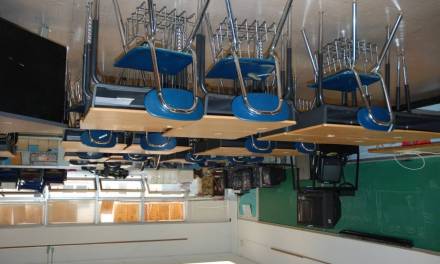Educating your child in the current climate can be a challenge and at EDArcade we want to give you all the help you can get.
Not every child learns the same way, so an understanding of their preferred learning style can help you get the most out of them.
Which is your child’s preferred learning style? Find out by learning the blog post below.
Four types of learning
Pupils learn in different ways: some from notes, some from visuals, some from hearing and some from practicing.
The four learning styles can be defined as visual, auditory, kinaesthetic and logical. A different method of teaching can benefit each of the four types.
Here we explain what these four types mean and how you can get the most out of each preferred style.
What is visual learning?
Visual learners assimilate information through visual artifacts – which could include charts, diagrams and flow charts.
This could include using a whiteboard to draw a diagram with meaningful symbols to show the relationship between two different things.
This however does not include still pictures, movies, videos or PowerPoint.
What is auditory learning?
Auditory learning is understand information through spoken dialogue.
Learners who benefit from auditory learning have preference of learning from lectures, group discussions, radio, mobile phones, speaking and video conferencing.
They may repeat written language aloud to help them understand what has been written down.
Often these types of learners may repeat what the teacher or instructor has told them.
What is logical learning?
A logical learner is an individual who will work best by reading and writing.
To a logical learner, text is more powerful than hearing or seeing images.
A logical learner may benefit from a written quiz where they have opportunity to write down what they have learned.
What is kinaesthetic learning?
Kinaesthetic learning refers to “a preference related to the use of experience and practice“.
This style includes demonstrations, simulations, videos and movies of real things. It can also extend to case studies, applications and practice.
People who are strong with this preference learn best from the experience of doing something. An assignment of who will do what and when is suited to this preference or a working example.
Can you have more than one learning style?
‘Multimodality’ means the learner has more than one learning style.
There are two types:
- Those who are flexible in their communication preferences and who switch from mode to mode depending on what they are working with.
- Those that must have input of their preferred style for them to understand (i.e. visual, auditory, logical, kinesthetic).
EDArcade can help kinaesthetic learners
At EDArcade we are here to help kinaesthetic learners.
Our educational game package has been developed in order to support primary-aged children through learning tough to teach topics.
Practical activities can get the most out of learners and help them understand the subject. As these tasks are completed online, feedback is instantly available.
Read more: Top 10 educational games to keep children occupied
For more information on our games and how they can support your child, click here or call 01909 776906.










